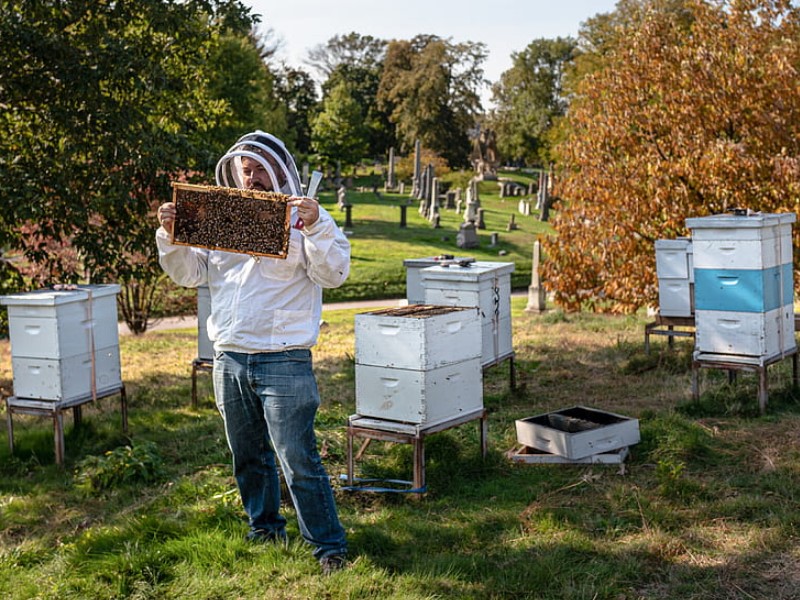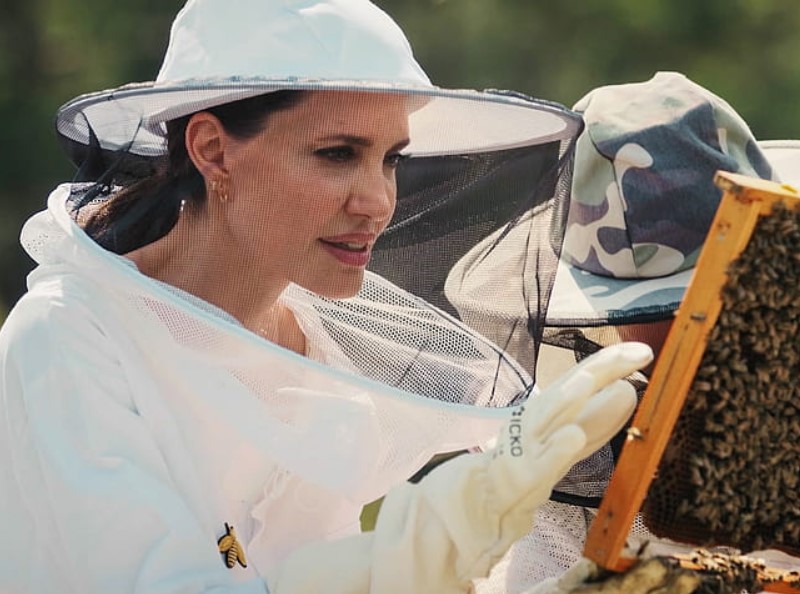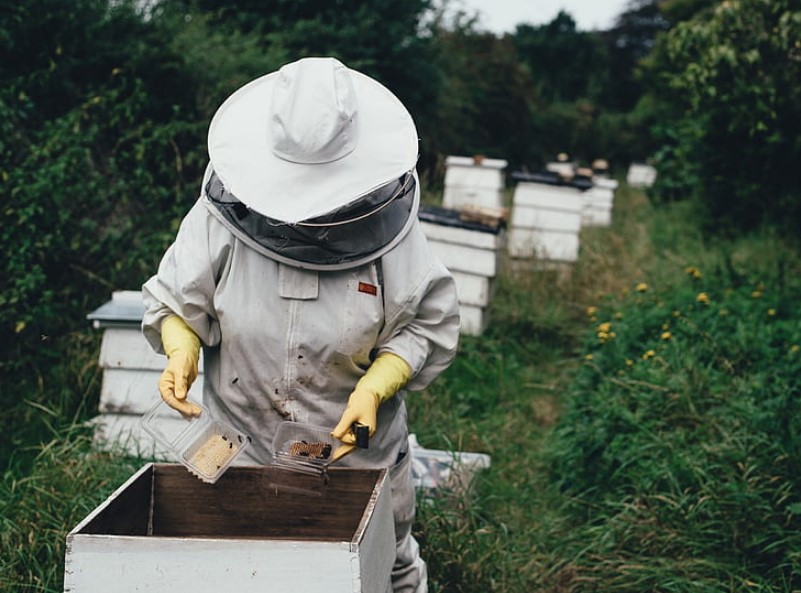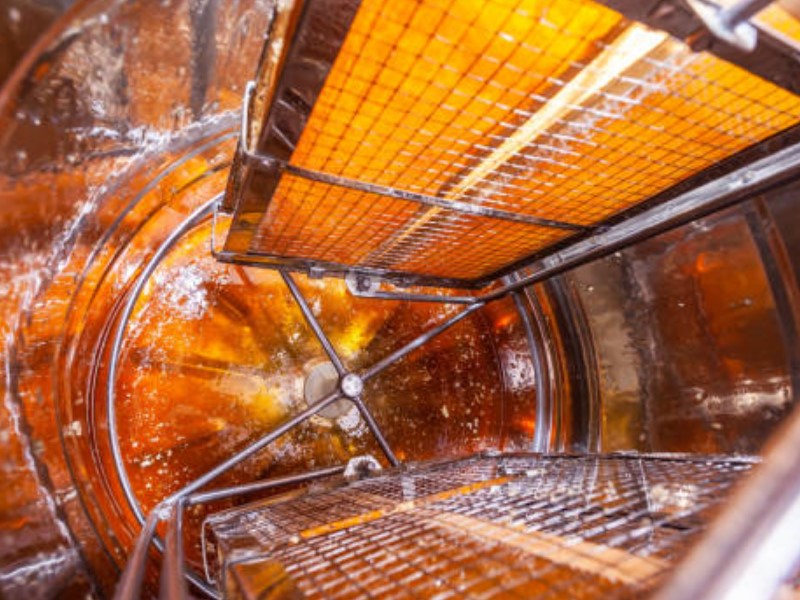Essential Beekeeping Equipment for Beginners
So, you have finally decided to embark on a beekeeping journey. But when you started shopping for beekeeping equipment, you learned to your dismay that they can get a bit pricey real quick! Since it wouldn’t make sense to rush out and spend all your hard-earned cash on your newfound hobby, you have to approach things with extra care.
To avoid breaking the bank, here are some essentials that you can never do without if you want to ensure the success of your beekeeping adventure!
Table of Contents
Bees
This is the first thing you need. After all, you can’t be a beekeeper without any bees in the first place, right? For this, you can choose to catch a swarm or buy packaged bees. It’s your call.
Bee Brush
Every time you remove the frame from the beehive, chances are you will need a good quality brush to get rid of the bees from it.
- While most bees often come off by just giving the frame some good old shake, there will always be some stubborn ones that would refuse to budge.
- A bee brush has firm and long but not stiff bristles that you can use to gently remove any remaining bees. If you can’t find one, you can always opt for a good quality soft paintbrush as an alternative.
- However, paintbrushes may be more expensive than regular bee brushes.
Beekeeper’s Suit
Although you might want to get an actual beekeeper’s veil, a real beekeeper’s suit isn’t always necessary. If you want and can buy a new one, there’s nothing wrong with this, either. But if you like to minimize your expenses for your beekeeping equipment, you can always make do with the available stuff at home.
For example, you can pair a hunting camo jacket with long jeans and a pair of work gloves. You can also use tube socks and tuck your jeans into them. Grab the duct tape to secure your jacket at your wrists. Put on your gloves and use another duct tape layer to tape these to your jacket. And just like that, you’re all set!
But again, remember that nothing can still beat the protection of a real beekeeper’s suit, so once you have more money to spare, be sure to get one.
Gloves
You can work with your bees using any work gloves, although you can expect better and less painful results with leather ones. Many beekeeper gloves you can find today are leather for the hands and fabric to cover the elbows. In case your work gloves don’t reach your elbows, you can use some duct tape again to cinch down your wrists.
Hives
Probably one of the most important beekeeping equipment you need is none other than the hives where you can keep your bees. You can either build or buy a top bar hive for this. You can even try building an observation window if you want.

Most beekeepers use several types of hives. In case you want to use Langstroth hives, remember that there are ten frame hives and eight frame hives here. These are not interchangeable so make sure you have a beehive plan from the start and decided on the size you want to use.
The key difference between the hives is that eight-frame hives tend to be lighter when filled with honey, making them easier to manage.
Hive Stand
Of course, you wouldn’t have to keep your hives on the ground. It will only make it harder for you to lift them, not to mention that doing so will only expose your bees to all sorts of critters.
To form a hive stand, you will need a couple of 4x4s and six cinder blocks. See to it that the lumber has the right length for putting a couple of hives with sufficient room for one more hive in between them. The space can be very useful every time you work in the hives.
Turn up the cinder blocks on the end and then lay these out in two rows. Place the lumber through the holes on top to create a shelf.
Hive Tool
There will always be a need to pry off the top of the hive or loosen up the frames because bees prefer a snug house and glue things together using propolis. It is where a hive tool can come in handy.
Hive tools won’t cost you a lot and are a worthy purchase rather than using some stuff at home. You can also use a painter’s scraper and a mini crowbar if you already have these available.
Honey Extractor
A honey extractor can help you gather the honey from your Langstroth hive. Unfortunately, it is often a bit expensive. If you are on a budget, you can consider looking for a used or secondhand extractor.
You can also settle for a homemade one, even if it means you need to stick with the crush and drain extraction method.
After several harvests, you can get a better idea of the things you need and make better decisions than you made when you were just getting started.
Smoker
You need smoke to calm your bees and let you get into your hives. The smoke will mask the pheromones that bees produce to communicate with one another. A smoker will make it easier for you to create the smoke. You can use pine needles, leaves, small twigs, and wood chips.
Uncapping Tool
- If you like the honeycomb to stay on the frame to prevent the bees from drawing out new comb, you have to look for a way of uncapping the honeycomb.
- Uncapping tools are inexpensive tools that will remove only the caps from the comb. You can choose between an uncapping knife and an uncapping fork.
- If none of these is available, you can always use a sharp knife but just don’t expect it to be as effective.
Veil
Rounding up the list of beekeeping equipment that every beginner needs is the beekeeper’s veil. This will keep you safe and secure. Remember that even the gentlest bees will and can sting at times. Sadly, you can never predict when this will happen.

Getting stung on your scalp or face can be very painful so be sure to get a veil. Bees are also naturally curious when it comes to small openings like your ears and nostrils, and you obviously wouldn’t want them there.

